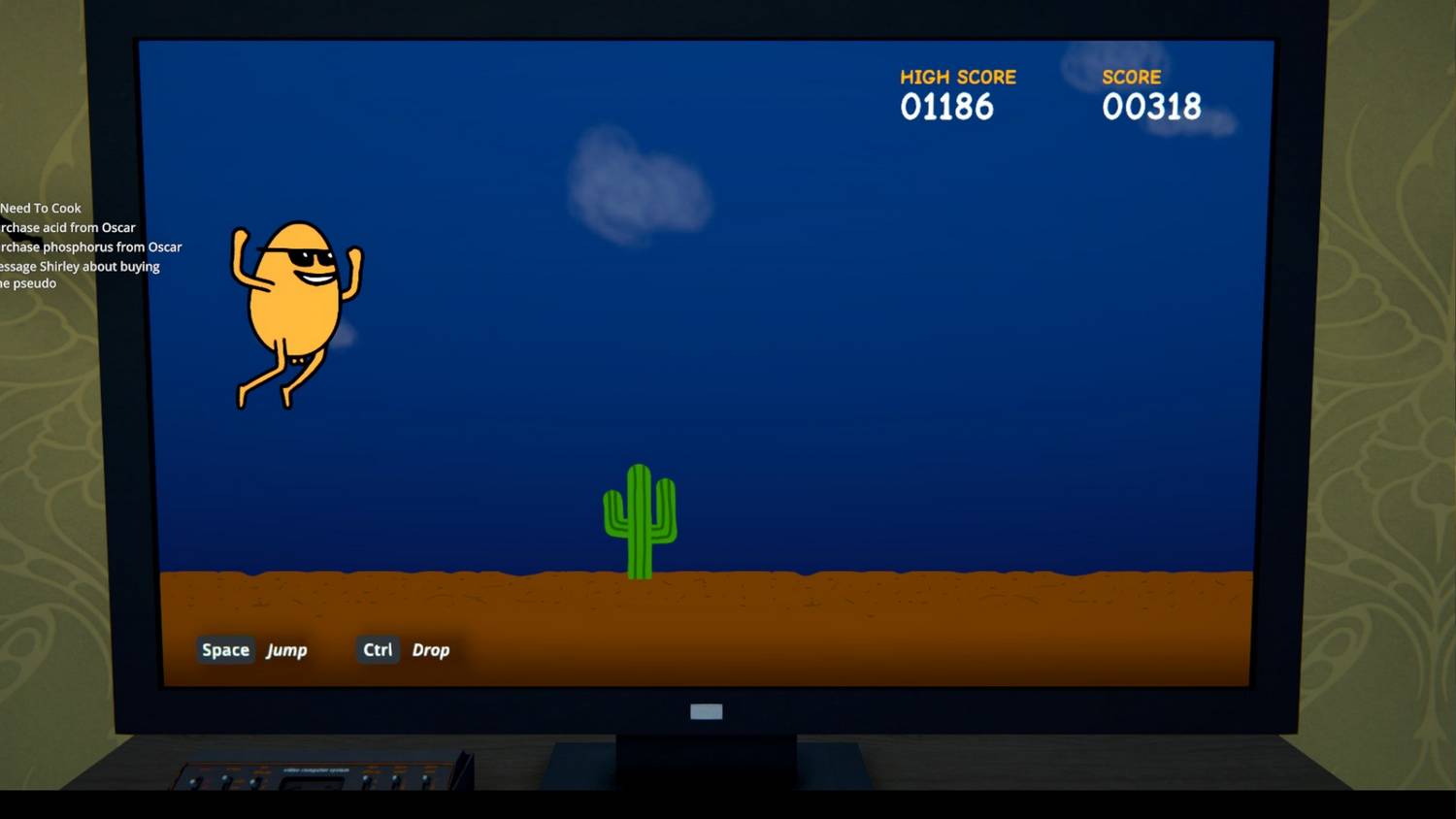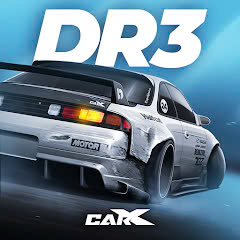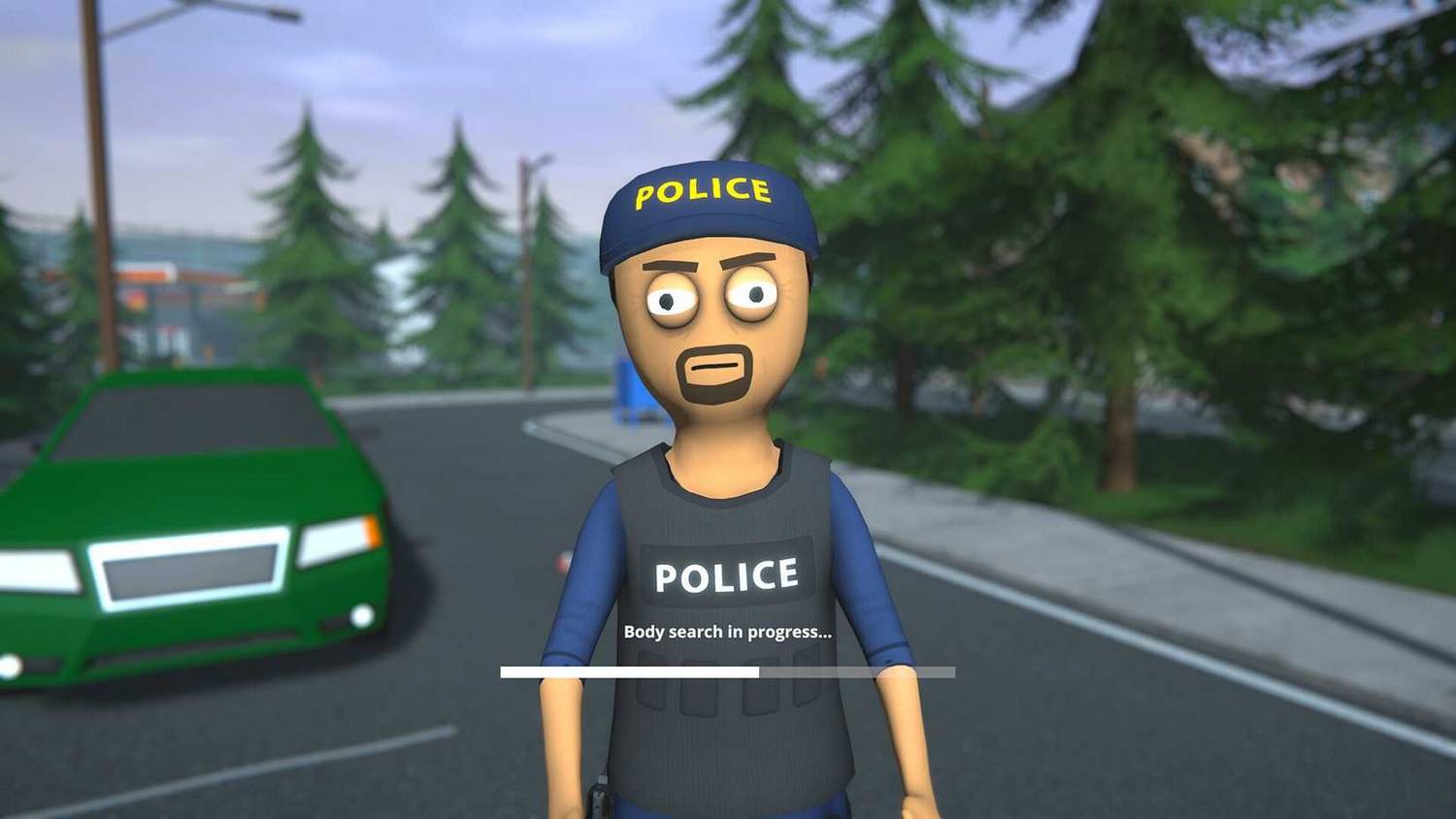The Vice City of Southeast Asia: Why Schedule 1’s Unflinching Look at the Drug Trade Has Players Hooked and Horrified
Popular Now
 EA SPORT FC 25
EA SPORT FC 25
 Grand Theft Auto V
Grand Theft Auto V
 NBA 2K24
NBA 2K24
 Black Myth: Wukong
Black Myth: Wukong
 Poppy Playtime
Poppy Playtime
 Stumble Guys
Stumble Guys
 God of War Ragnarök
God of War Ragnarök
 League of Legends
League of Legends
 Genshin Impact
Genshin Impact
 Roblox
Roblox  In the often-sanitized world of video games, few titles dare to plunge headfirst into the morally ambiguous and brutally realistic depths of the illegal drug trade. But on June 19, 2025, independent developer Vicious Cycle Games, in partnership with the boundary-pushing publisher Neon Dynasty, did just that with the release of Schedule 1. This isn’t a whimsical drug empire builder or a lighthearted criminal caper. It’s an unflinching, visceral, and disturbingly addictive open-world RPG that thrusts players into the gritty, dangerous life of a low-level drug dealer trying to survive and thrive in a fictionalized, yet eerily familiar, Southeast Asian metropolis. Drawing heavy inspiration from the seedy underbelly of real-world drug economies, Schedule 1 has instantly topped Steam charts and ignited Twitch streams, not just for its compelling gameplay, but for its audacious willingness to explore a taboo subject with surprising depth and a chilling sense of realism. For me, living in Hanoi, a city with its own complex relationship with illicit markets, the game’s depiction of desperate choices and the constant threat of violence feels uncomfortably close to home, making the experience both captivating and profoundly unsettling. It’s a game that doesn’t just ask you to play; it asks you to grapple with the brutal realities of survival in a world where morality is a luxury few can afford.
In the often-sanitized world of video games, few titles dare to plunge headfirst into the morally ambiguous and brutally realistic depths of the illegal drug trade. But on June 19, 2025, independent developer Vicious Cycle Games, in partnership with the boundary-pushing publisher Neon Dynasty, did just that with the release of Schedule 1. This isn’t a whimsical drug empire builder or a lighthearted criminal caper. It’s an unflinching, visceral, and disturbingly addictive open-world RPG that thrusts players into the gritty, dangerous life of a low-level drug dealer trying to survive and thrive in a fictionalized, yet eerily familiar, Southeast Asian metropolis. Drawing heavy inspiration from the seedy underbelly of real-world drug economies, Schedule 1 has instantly topped Steam charts and ignited Twitch streams, not just for its compelling gameplay, but for its audacious willingness to explore a taboo subject with surprising depth and a chilling sense of realism. For me, living in Hanoi, a city with its own complex relationship with illicit markets, the game’s depiction of desperate choices and the constant threat of violence feels uncomfortably close to home, making the experience both captivating and profoundly unsettling. It’s a game that doesn’t just ask you to play; it asks you to grapple with the brutal realities of survival in a world where morality is a luxury few can afford.
The core gameplay loop of Schedule 1 is a relentless cycle of risk and reward. Players start as a street-level dealer, hustling small quantities of various narcotics, navigating rival gangs, corrupt law enforcement, and a fickle market. The game’s open world, a sprawling, meticulously detailed city reminiscent of a neon-soaked Bangkok or a rain-slicked Manila, is alive with opportunity and peril. You’ll engage in tense, real-time negotiations with buyers, manage your inventory and stash houses, conduct illicit transactions in dark alleys, and participate in frantic, often brutal, shootouts or desperate chases. The game features a dynamic reputation system that tracks your standing with various factions—gangs, police, and even the local community—with each choice having tangible, often unforgiving, consequences. The crafting system allows you to cut drugs to increase profits (at the risk of diluting quality and reputation) or synthesize new, more potent substances. But beyond the mechanics, Schedule 1 delivers a surprisingly deep and morally challenging narrative. As you rise through the ranks, you’re forced to make increasingly difficult decisions, confronting the human cost of your actions and the corrupting influence of power. It’s a game that forces you to walk a tightrope between ruthless ambition and the desperate desire for a better life, making every success feel earned and every failure sting with genuine consequence.
 The Four Pillars of Schedule 1‘s Unsettling Addiction
The Four Pillars of Schedule 1‘s Unsettling Addiction
The game’s immediate and sustained success can be attributed to several key design choices that resonate deeply with players seeking a raw, unfiltered experience. Here’s why Schedule 1 has ensnared so many into its digital underworld.
- Unflinching Realism and Moral Ambiguity: Schedule 1 pulls no punches in its depiction of the drug trade. It’s gritty, violent, and highlights the desperation that drives both dealers and users. The game avoids glorifying the lifestyle, instead presenting it as a brutal cycle where loyalty is fleeting, and danger is constant. Players are constantly faced with morally challenging decisions—do you rip off a vulnerable customer for extra cash, or risk your own neck to help a struggling informant? This pervasive moral ambiguity forces players to confront the dark side of their actions, making the narrative far more impactful and thought-provoking than typical crime games. This raw honesty is a major draw for players seeking a mature, challenging experience.
- Deep, Dynamic Economy and Risk/Reward Gameplay: The game’s economic simulation is surprisingly robust. Market prices for different drugs fluctuate based on supply, demand, police activity, and rival gang movements, forcing players to constantly adapt their strategies. Every transaction, every negotiation, and every movement through the city is a calculated risk. Do you transport a large shipment for a big payout, risking detection, or play it safe with smaller, less profitable deals? This constant tension and the tangible consequences of failure (losing your stash, getting arrested, or even dying) create an incredibly addictive feedback loop that keeps players on edge and constantly planning their next move.
- A Living, Breathing Southeast Asian Dystopia: The fictional city in Schedule 1 is a character in itself. Meticulously detailed, from its bustling night markets and cramped tenements to its gleaming corporate skyscrapers, it feels genuinely alive and oppressive. The game’s ambient sounds, the chatter of NPCs in various Southeast Asian languages, and its atmospheric lighting (neon signs reflecting off wet streets) create an incredibly immersive environment. This setting isn’t just a backdrop; it’s a critical part of the experience, influencing routes, hiding spots, and the overall mood of the game. Its authenticity, though fictionalized, resonates deeply, especially for players familiar with the region.
- Emergent Storytelling and Faction Dynamics: Beyond the main questline, Schedule 1 excels in emergent storytelling. Your interactions with various gangs, the police, and other characters build a dynamic web of allegiances and rivalries. A sudden raid on your stash house, a betrayal by a seemingly trusted associate, or a desperate plea from a desperate NPC can create organic, unscripted narratives that make each playthrough unique. This system ensures that the game remains fresh and unpredictable, constantly throwing new challenges and moral dilemmas at the player, ensuring that every session offers new, intense experiences.
A Business and News Perspective: A Bold Entry into the Mature Gaming Space
From a news and industry perspective, Schedule 1‘s success is a testament to the growing demand for mature, unconventional gaming experiences. Its rapid ascent on Steam charts and pervasive presence on Twitch demonstrate that players are eager for titles that push boundaries and explore complex themes, even (or especially) controversial ones. For Vicious Cycle Games and Neon Dynasty, this is a breakout hit that immediately establishes them as studios willing to take risks and deliver deeply immersive, challenging content. Its commercial performance proves that a game doesn’t need to shy away from difficult subject matter to achieve widespread appeal; in fact, its unflinching approach has been a key factor in its virality. As the gaming market continues to mature, Schedule 1‘s impact is likely to encourage more developers to explore darker, more nuanced themes, solidifying its place as a groundbreaking title of 2025 and a powerful example of gaming’s evolving narrative potential.










 The Four Pillars of Schedule 1‘s Unsettling Addiction
The Four Pillars of Schedule 1‘s Unsettling Addiction